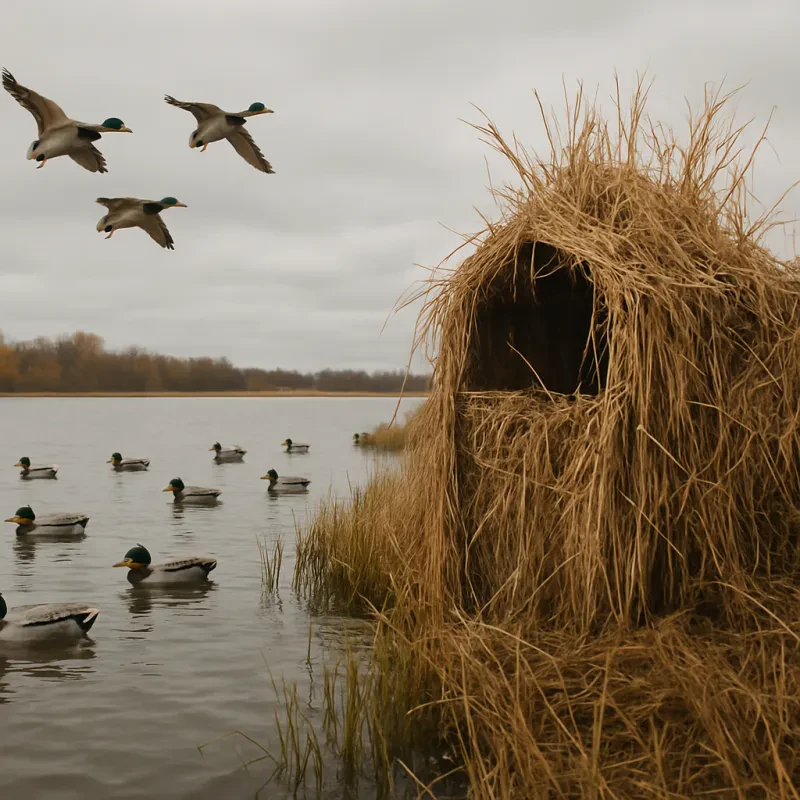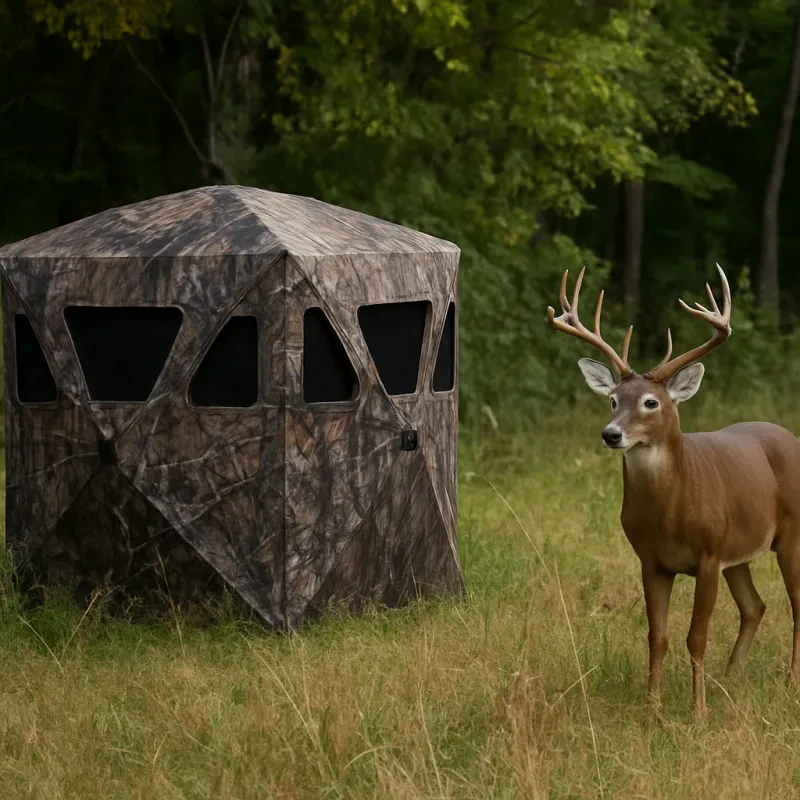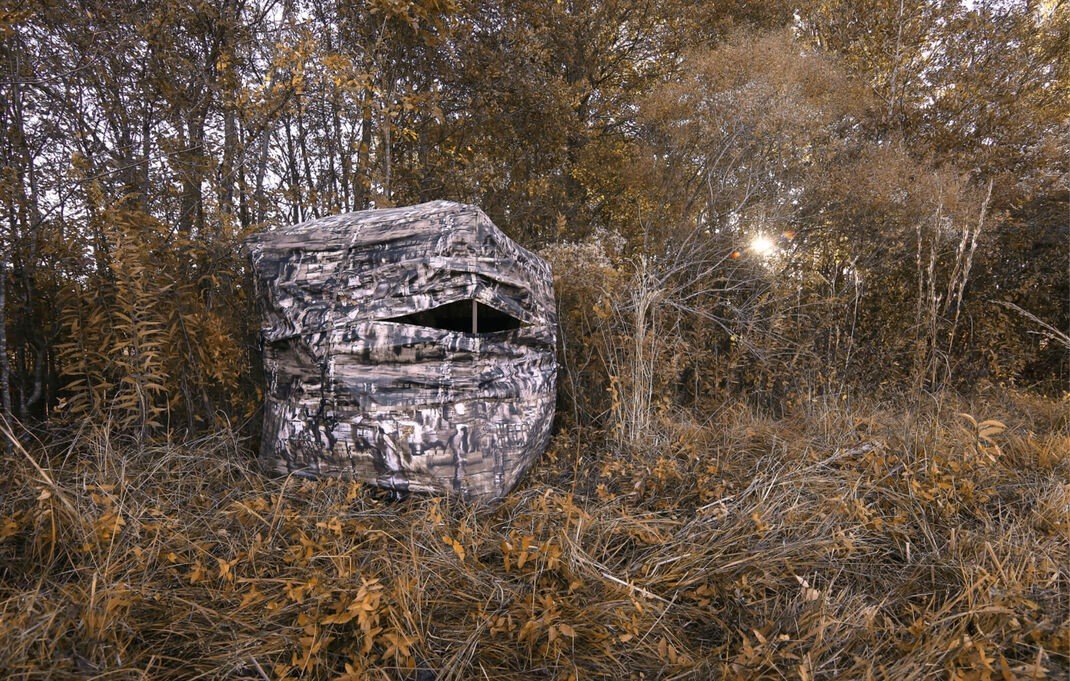Another important aspect is the size of the ground blind. Some models are compact, making them easy to transport, while others offer extra space for additional gear or hunting partners. If you plan to spend long hours waiting for deer, a larger blind might be beneficial for comfort. Ensure that the blind you choose has enough room for your equipment and allows for quiet movement when ready to take a shot.
Durability and weather resistance are also critical factors in your decision. A well-constructed blind should withstand the elements throughout the hunting season. Look for materials that are both sturdy and lightweight, allowing for easy setup and takedown. Additionally, consider whether the blind offers features such as waterproofing and UV protection to ensure it lasts over time.
Lastly, think about the visibility and camouflaging capabilities of the blind. A good ground blind should blend seamlessly with its environment, making it challenging for deer to spot you. Some blinds feature adjustable windows, allowing for different viewing angles, which can be particularly advantageous when planning your strategies using ground blinds. Test the blind in your desired location before the season starts to make sure it provides the concealment you need.
Setting Up for Success
First, choose the right location for your ground blind. Look for areas with high deer activity, such as feeding paths, near water sources, or close to bedding areas. Pay attention to the wind direction; setting your blind in a place that avoids blowing your scent toward where deer are likely to come from is crucial. Additionally, set up your ground blind well in advance of your hunting trip to allow the deer to acclimate to its presence.
Next, accessibility is another factor to consider. Make sure you can easily reach your blind without disturbing the surrounding area. Try to establish a quiet path that gives you access without scaring off any deer. Bring all the necessary gear and equipment into your blind beforehand, so you are ready to focus on the hunt when the time comes. Preparation will pay off, especially if you've taken the time to ensure that your blind blends well into the environment so that it becomes part of the landscape.
Finally, practicing patience and maintaining stillness inside your ground blind are essential components of the Strategies Using Ground Blinds. Once you are settled, take a moment to relax and minimize noise. Movement can easily catch the attention of deer, so be mindful of your position. By patiently waiting and observing, you increase the likelihood of encountering deer in their natural behavior, allowing for a rewarding hunting experience.
Camouflage and Concealment Tips
When it comes to deer hunting, one of the most important aspects to consider is how well you can blend into your surroundings. Camouflage and concealment can greatly improve your chances of success. Here are some effective tips to help you maximize your stealth while employing strategies using ground blinds.
First, choose the right location for your ground blind. Look for areas with natural cover, such as trees, bushes, or tall grasses. Position your blind in a way that it is concealed from deer movement paths. The more you blend into the environment, the less noticeable you will be. Additionally, consider the wind direction; setting up your blind downwind can help contain your scent, keeping deer unaware of your presence.
Next, invest in high-quality camouflage material for both your ground blind and your clothing. Patterns that mimic the natural habitat in which you are hunting will help break up your outline. Incorporate additional elements from the surroundings into your setup—like leaves or branches—to further disguise your blind. This attention to detail helps create a more natural look that deer are less likely to notice.
Lastly, be mindful of your movements and noise levels once you're inside the blind. Even the slightest sound can alert keen-eared deer. Practice remaining still and using quiet tools when adjusting items within your blind. Consider wearing gloves to prevent noise, and try to limit the number of items you bring into the blind to maintain a clean and quiet environment while you wait for that perfect shot.
Effective Hunting Techniques to Employ
When it comes to deer hunting, employing effective hunting techniques can make all the difference. One of the most reliable methods is utilizing ground blinds, which offer both concealment and comfort. Understanding the best strategies using ground blinds can enhance your chances of a successful hunt. Here are a few techniques to consider as you prepare for your next outing.
First, location is key when setting up your ground blind. Look for areas with natural deer movement, such as trails, feeding spots, or near water sources. It's essential to position your blind downwind of these areas to avoid alarming the deer with your scent. Also, consider factors like wind direction and sun exposure; deer are more likely to approach from downwind, so placing your blind accordingly will improve your chances of a successful encounter.
Once you've chosen the perfect spot, give yourself plenty of time to acclimate the area around the blind. Deer are creatures of habit, and if they sense something new in their territory, they may avoid the area altogether. Setting up your blind well in advance—a few days to a week prior to your hunt—can help deer become accustomed to your presence. Also, camouflage the blind by surrounding it with limbs, leaves, or brush to blend in with the natural environment.
While waiting for deer to come into view, maintaining silence and stillness is crucial. Any sudden movement or noise can easily spook deer, causing them to flee. Use a comfortable chair or cushion inside your blind, allowing you to sit quietly for extended periods. Bring along enjoyable activities like reading or listening to soft music (using headphones) to pass the time without breaking your concentration.


